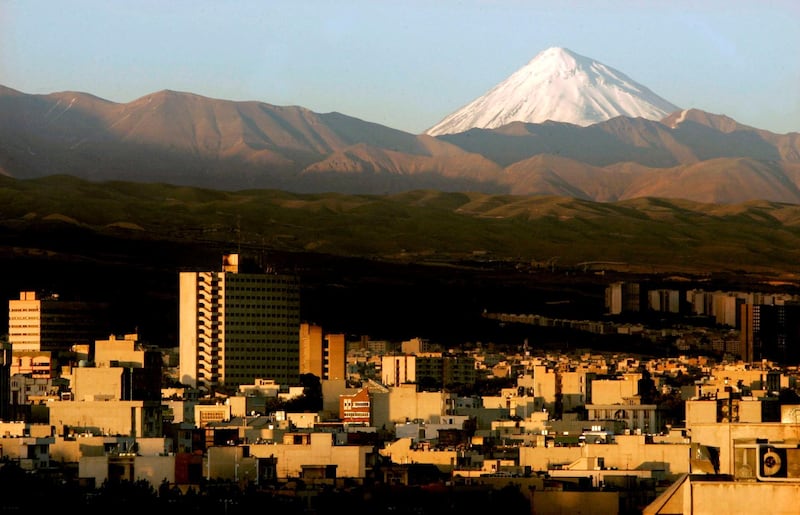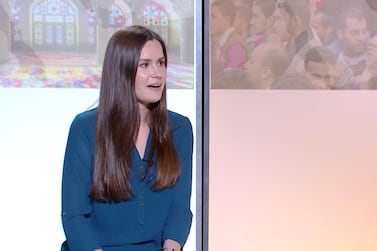An earthquake near Iran's tallest mountain killed at least one person and jolted the capital Tehran early on Friday, forcing panicked residents to flee buildings.
The shallow 4.6-magnitude quake hit at 12.48am local time near the city of Damavand, about 55 kilometres east of Tehran, the US Geological Survey said.
The quake prompted scores of residents of the capital to leave buildings for the safety of streets and parks.
Health Ministry spokesman Kianoush Jahanpour said on Twitter that the tremor claimed the life of one person and injured seven.
Mr Jahanpour called on people to "keep calm" and follow safety guidelines.
Iran's semi-official Fars news agency said two people died "because of trauma and heart attack", while 13 were injured as they rushed to leave buildings.
The agency said the quake was preceded by a 2.9 tremor more than an hour earlier and was felt in the northern provinces of Mazandarn, Qazvin, Zanjan and Alborz.
The Geophysics Institute of Tehran University registered at least eight aftershocks, it said.
The USGS said on its website that the quake struck at a depth of 10km.
Its epicentre was south of Mt Damavand, a volcanic mountain which at 5,671 metres is Iran's tallest peak.
Iran sits on top of major tectonic plates and experiences frequent seismic activity.
A 5.7 magnitude earthquake that rattled the western village of Habash-e Olya on February 23 killed at least nine people over the border in Turkey.
In November 2017, a 7.3-magnitude quake in Iran's western province of Kermanshah killed 620 people.
In 2003, a 6.6-magnitude quake in south-eastern Iran destroyed the ancient mud-brick city of Bam and killed at least 31,000 people.
Iran's deadliest was a 7.4-magnitude quake in 1990 that killed 40,000 people in northern Iran, injured 300,000 and left half a million homeless.
In December and January, two earthquakes struck near Iran's Bushehr nuclear power plant.
Neighbouring countries have raised concerns about the reliability of the country's sole nuclear power facility, which produces 1,000 megawatts of power, and the risk of radioactive leaks in case of a major earthquake.







